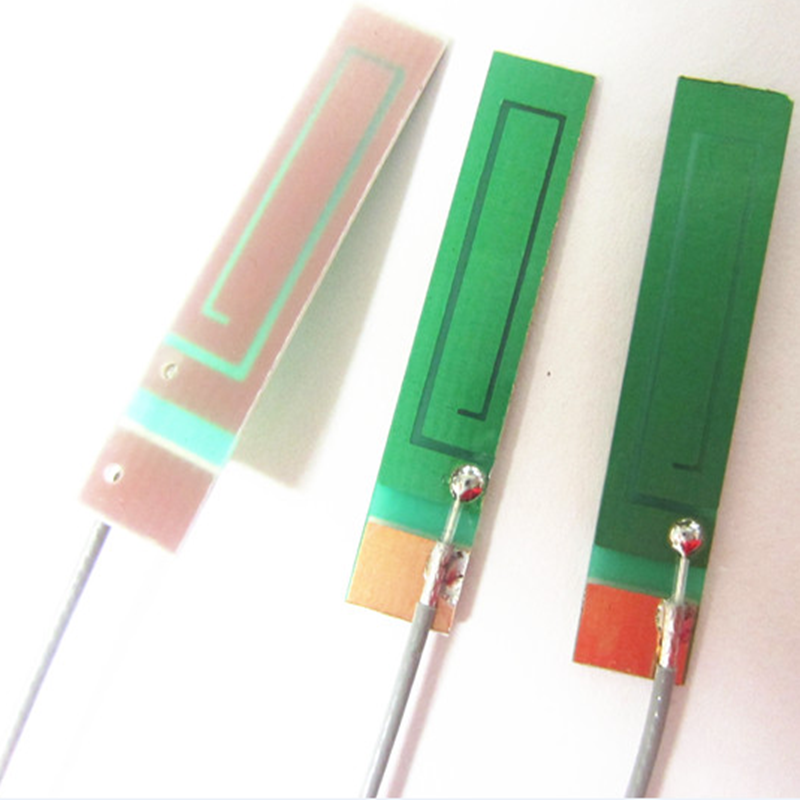Today, it's common to see brightly colored bicycles scattered across streets and alleys. These simple two-wheeled vehicles offer a convenient mode of transportation for people. All you need to do is stretch your legs, hop on, and pedal as the wheels spin. The cyclist can gently adjust the handlebars or subtly shift their body to steer the bike smoothly along the ground.
While biking might seem straightforward, scientists who study bicycles aren't entirely satisfied. Despite the simplicity of this mode of transport, the reason why bikes remain stable during rides remains a mystery. Even more intriguing is the phenomenon where a bike, once pushed to a certain speed, can glide forward steadily without much control, and even if disturbed mid-ride, often returns to stability.
To unravel this puzzle, the French Academy of Sciences offered a prize back in 1897. Over the past two centuries, numerous physicists and mathematicians have dedicated themselves to understanding why bicycles don’t topple over. Their efforts have resulted in nearly a hundred academic papers, each proposing different theories.
One prominent theory suggests the gyroscopic effect plays a key role. As the front wheel spins, its centrifugal force aids in maintaining balance, similar to how a spinning gyroscope maintains its orientation due to rotational inertia. In 1911, German mathematician Felix Klein and physicist Arnold Sommerfeld explained bicycle stability using gyro mechanics. They described how a rotating object exhibits gyroscopic properties, essentially preserving its rotational momentum—akin to Newton’s first law of motion.
Another influential perspective highlights the role of centrifugal force. When a bike tilts to one side, the rider instinctively turns the front wheel in the same direction. This action causes the bike to follow a curved path along the tilted side. As the centrifugal force acts outward, it helps stabilize the bike. In 1948, American mechanical engineers Theodore von Karman and Pol Junker explained this phenomenon in their book "Advanced Dynamics." They argued that faster speeds generate stronger centrifugal forces, making it easier to control the bike.
Yet another theory focuses on the caster effect. This occurs when the front wheel’s contact point with the ground lies ahead of the steering axis, creating a stabilizing moment that aligns the front wheel with the bike’s motion. In 1970, British chemist David Jones challenged the gyroscopic explanation by attaching a secondary wheel parallel to the main one, effectively canceling out the gyroscopic effect. His experiments demonstrated that a modified bike remained just as stable as a regular one, suggesting that the caster effect might be equally important.
Further complicating matters, researchers at Delft University of Technology in the Netherlands built a bike devoid of both gyroscopic and caster effects. Surprisingly, this minimalist design still managed to stay balanced at speeds above eight kilometers per hour. Their findings hinted that factors like the distribution of weight across the bike could play a crucial role in stability, particularly the positioning of the front-heavy mass.
Despite these insights, the exact mechanism behind bicycle stability remains elusive. Scientists now suspect that it might involve a subtle interplay among multiple factors, including gyroscopic effects, caster effects, and weight distribution. Moreover, human intuition and brain functions might also contribute significantly to maintaining balance while riding.
For instance, at low speeds, riders often rely on their knees rather than handlebars to stabilize the bike. Yet, the precise reasons behind such behavior remain unclear. Perhaps, the enigma of cycling will continue to intrigue generations of curious minds, blending physics, engineering, and neuroscience in pursuit of an answer.
Internal Ceramic Antenna
-
The Description of PCB/FPC/Ceramic Antenna
Cellular /WiFi multi-band embedded flexible PCB antenna
PCB antenna is widely used in Bluetooth module, WiFi module, ZigBee module and other single-band module circuit boards.
Advantages: the cost is very low, a debugging without debugging again.
Disadvantages: suitable for single band, such as Bluetooth, WiFi. Different batches of PCB antenna performance will have certain deviation.
It is equivalent to pulling out the antenna line on the PCB board and using other external metals to do the antenna. It is usually used in medium and low end mobile phones with complex frequency band and smart hardware products.
Advantages:High performance: Ceramic antennas offer excellent radiation efficiency, gain, and bandwidth, making them suitable for demanding applications such as high-speed data transmission.
Small size: Ceramic antennas can be designed to be extremely small, making them ideal for use in space-constrained devices like smartphones and wearables.
Multi-band capability: They can be tuned to operate across multiple frequency bands, making them versatile for various communication protocols.
Durability: Ceramic materials are highly resistant to temperature changes, moisture, and corrosion, ensuring long-term reliability.
The Picture of PCB/FPC/Ceramic Antenna

Internal Ceramic Antenna,pcb antennas,5g pcb antenna,lte pcb antenna,2.4g pcb antenna
Yetnorson Antenna Co., Ltd. , https://www.yetnorson.com
